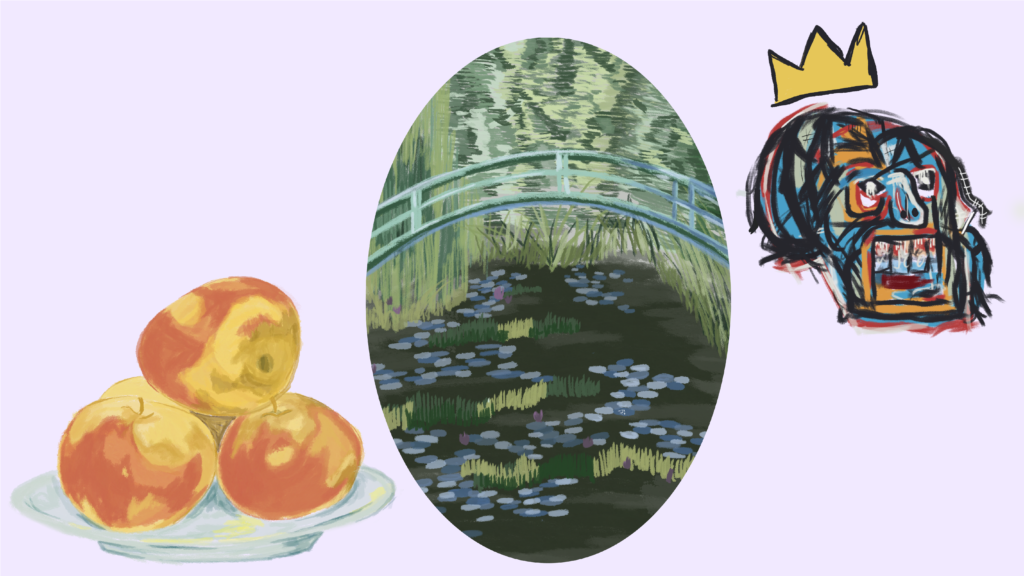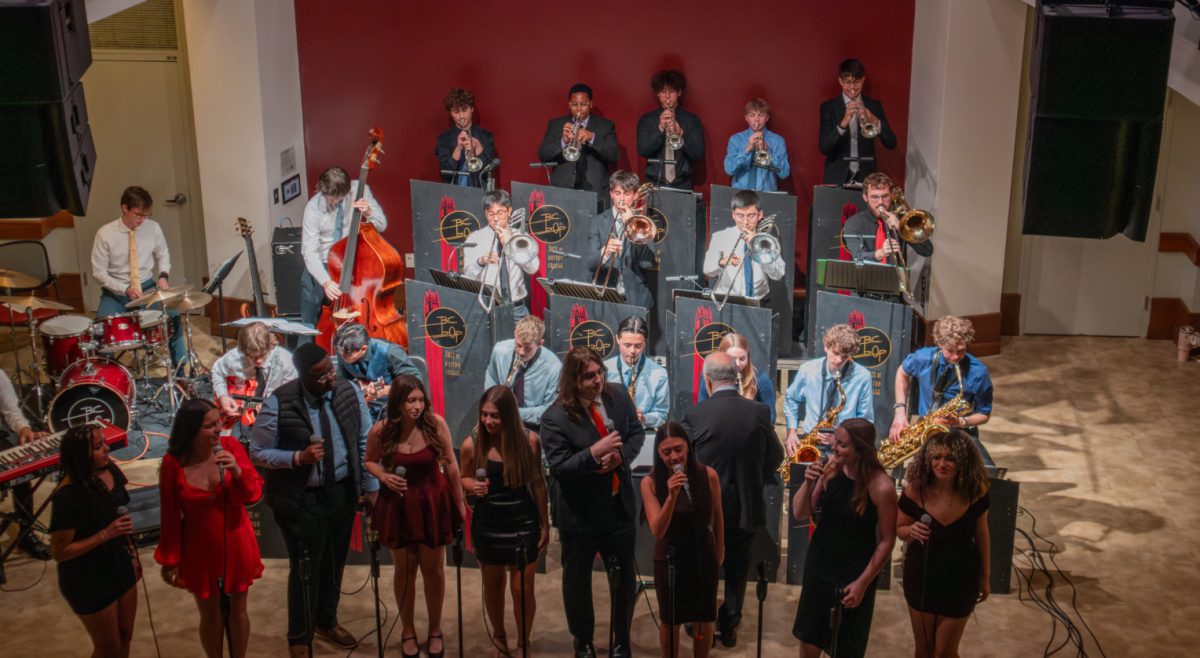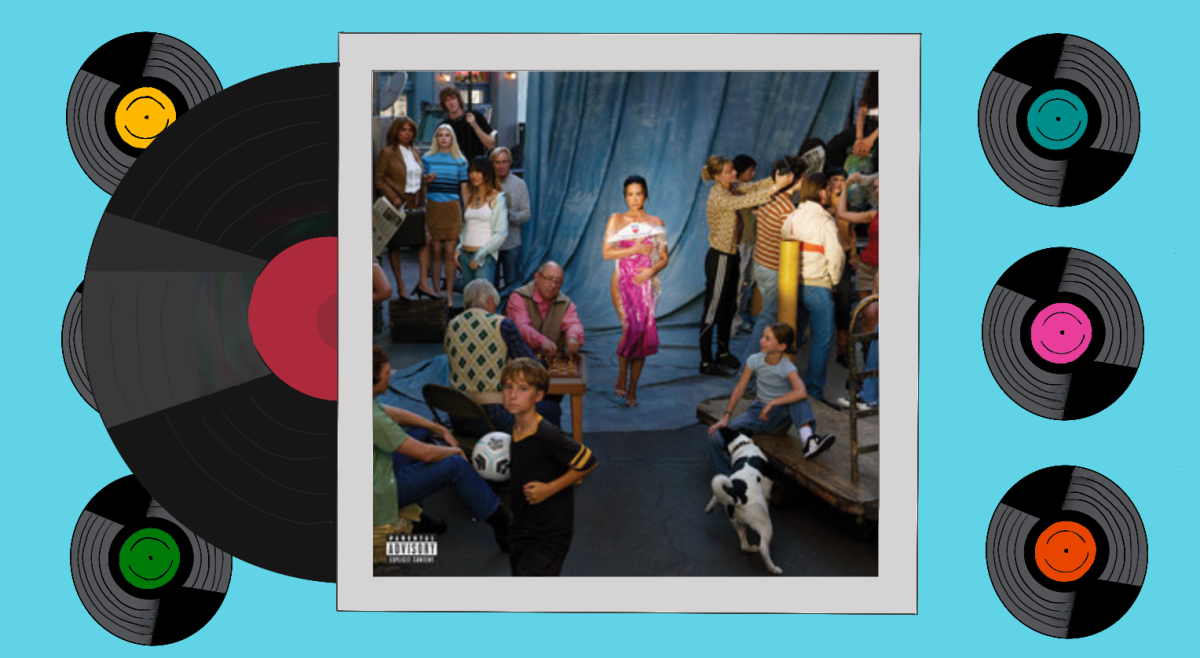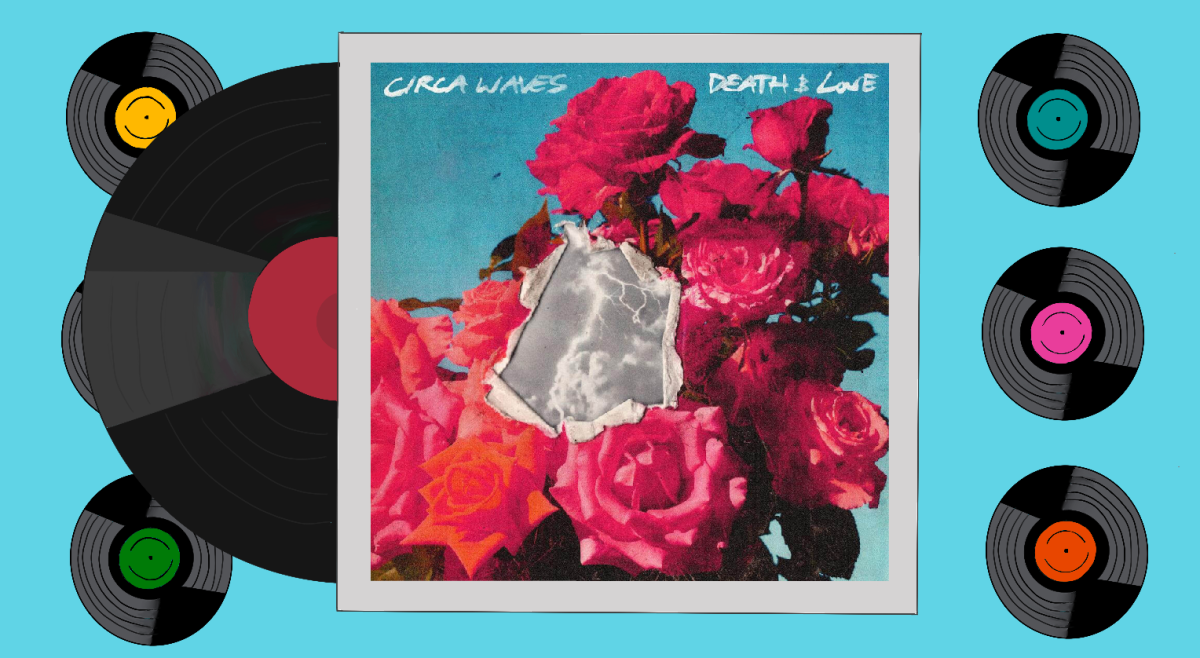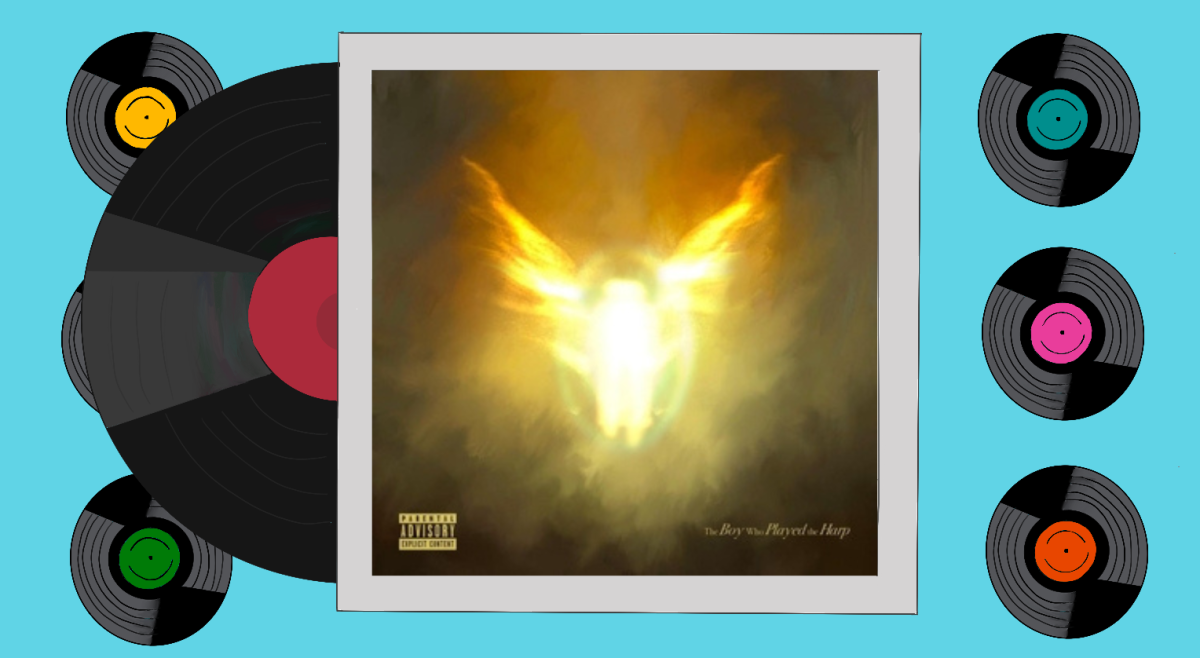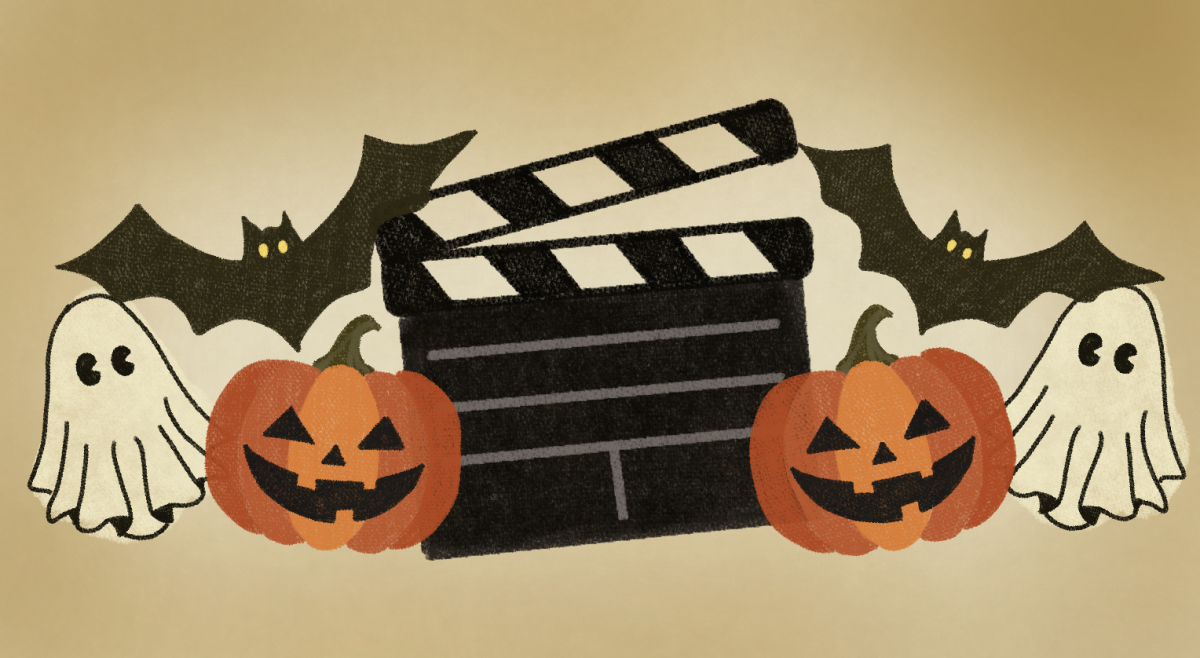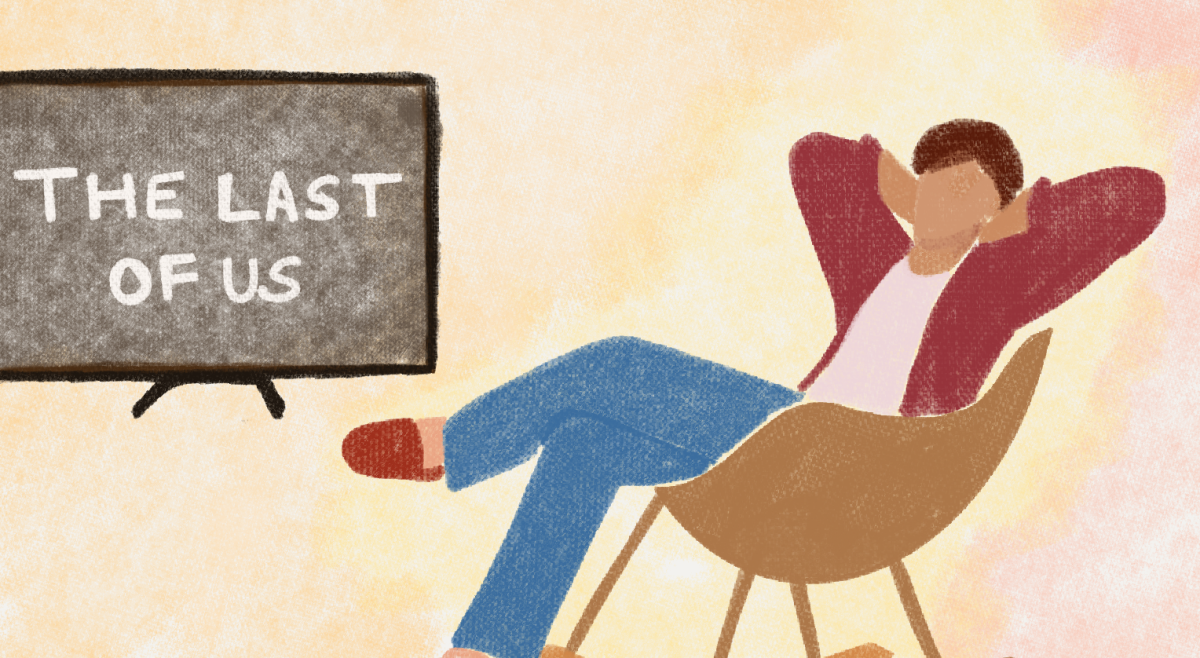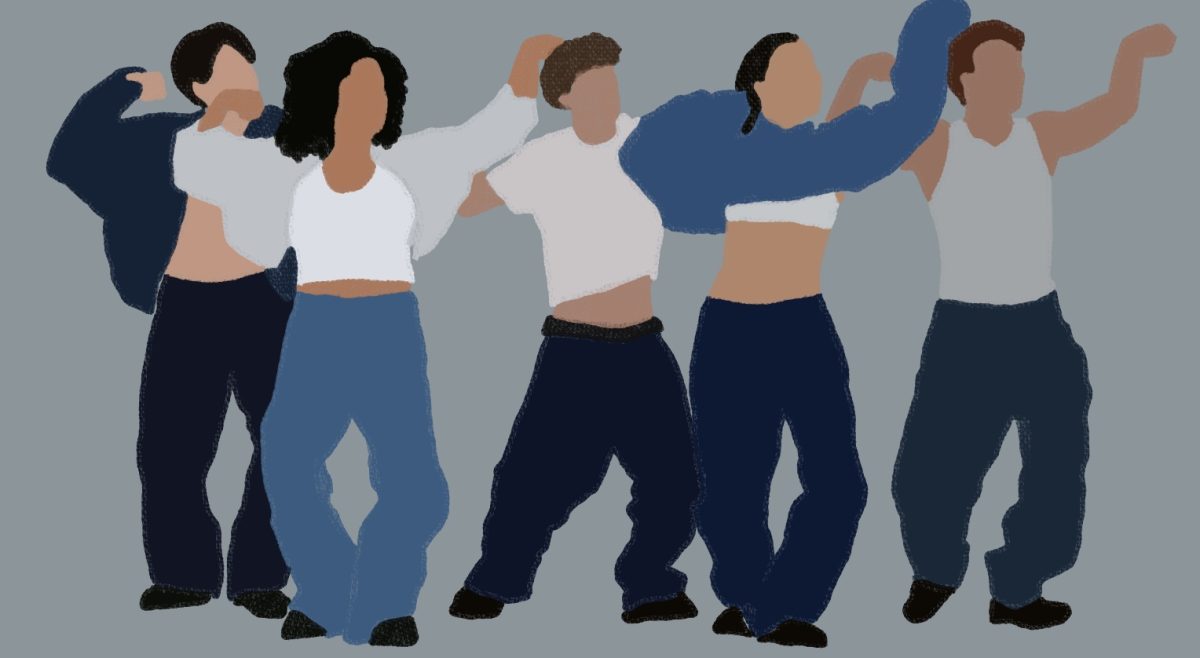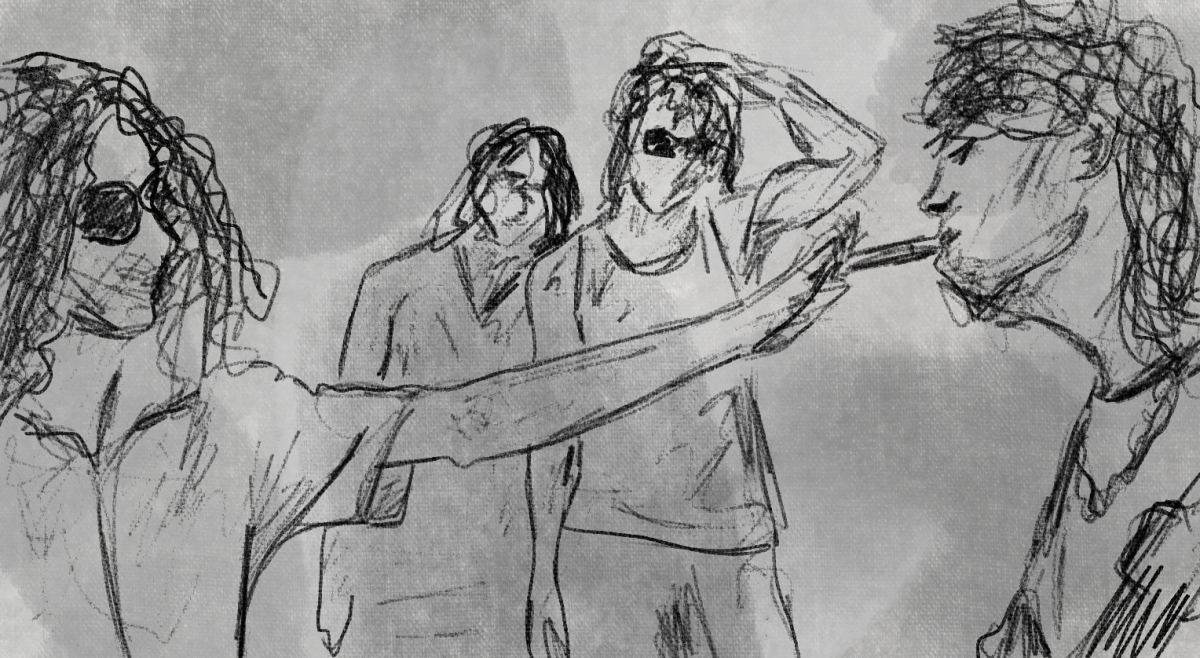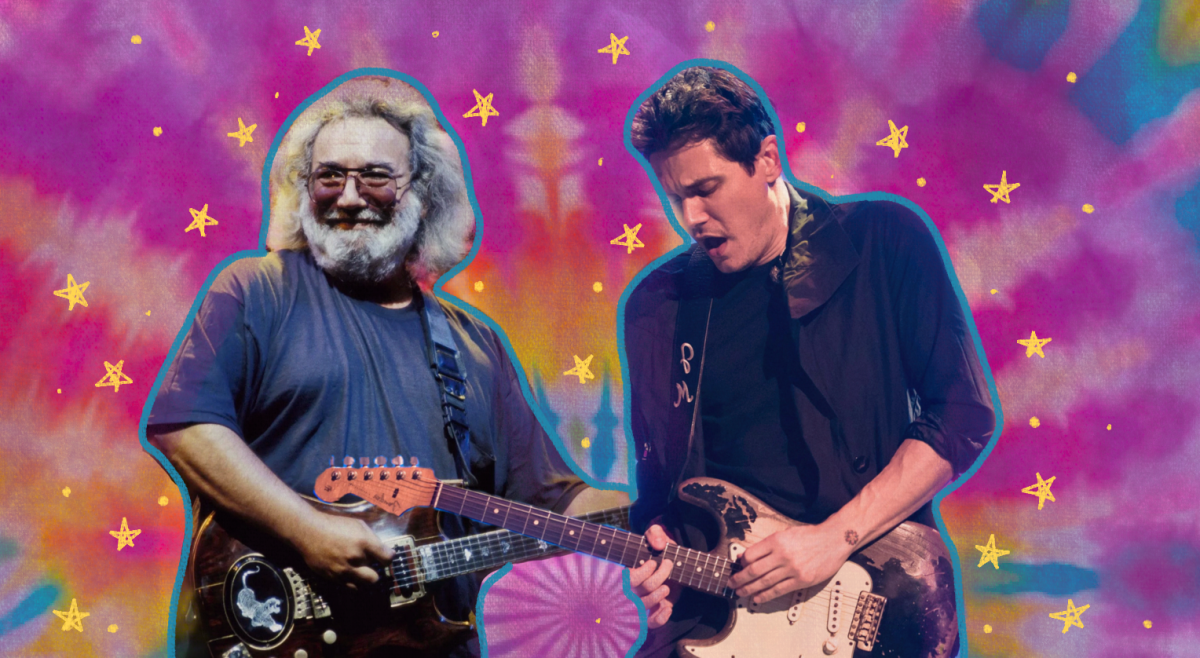Boston’s art scene has suffered considerably amid the pandemic, forcing artists and curators alike to adapt to unprecedented times with the same creativity that defines their subject of interest. The City’s treasured Museum of Fine Arts serves as one of the most evident cases of the stifling nature of a quarantine-defined lifestyle.
Works of art that celebrate the beauty and nature of life have long been out of reach for the eyes of man, sitting alone and without the gaze of admiring eyes in a museum now dark and empty. Although the museum partially reopened in late September, the museum administration has conceived a new way to bring the excitement of touring the latest and most popular exhibitions to those not able to make it all the way to Mission Hill.
MFA Mobile is an app that unlocks the doors of the museum, free of charge, from anywhere in the world. While creating the app, the museum had one simple objective: to present a new way of interacting with art in a safe, contactless manner. It allows the viewer to personalize their art-viewing experience, allowing for virtual tours of featured exhibits from the comfort of a dorm, or really anywhere the viewer desires.
The featured tours at the moment include two new exhibitions observing the works of Jean-Michel Basquiat and Paul Cézanne alongside the longstanding, but popular, exhibition that features the works of Claude Monet. Looking at Basquiat and Cézanne specifically, the virtual experience of viewing their art offers an abundance of new insights into their work that may have otherwise been underappreciated if viewed with the often rushed experience of a crowded museum walkthrough.
Basquiat’s work is incorporated into a larger show entitled Writing the Future: Basquiat and the Hip-Hop Generation. According to the show’s description, it is the first time his work has been contextualized in relation to hip-hop. His work, representative of the movement that began to consider street graffiti as a form of art vital to the American narrative, was paired with hip-hop due to both art forms treating language in a specific and notable way. Both graffiti and music were used to gain the greatest meaning from the smallest and most pointed language.
The Basquiat virtual touring experience is extensive and informative. Information is provided concerning all of the connections between Basquiat’s work and other street artists of his time, illustrating the playful relationship between graffiti and hip-hop artists when street art was just beginning to be recognized as real art.
There is, however, one major downfall: the touring experience only provides information about the art rather than actually showing the pieces or playing clips of the tracks in question. By emphasizing the background behind each piece of the exhibit, the experience becomes solely educational. Viewing the art is replaced by learning about the exhibit on the app, allowing viewers to acquire new knowledge that is arguably equally as important as the art itself. But this does leave room for complaint, speaking to the larger limitations of trying to transform a physical experience into the digital world.
The Cézanne viewing experience, however, expands beyond the limitations of the Basquiat exhibit. The viewer is prefaced with background information of the artist, but this is followed by a presentation of the various pieces on display. Cézanne’s work is paired with his contemporaries’ work, offering a thorough contrast between the style and subject manner that may not have been noticed to such a degree if the exhibit was solely reserved for a physical walkthrough. His pieces are directly compared to artists Pierre-Auguste Renoir, Édouard Manet, and Camille Pissarro in such a manner that promises to be devoured by art history fanatics. Although the virtual experience is undeniably different from the traditional means of viewing art, it presents art fans with an opportunity to strengthen their knowledge of their favorite artists and pieces that their pre-pandemic selves were not challenged to do.
As the Basquiat and Cézanne virtual tour experiences demonstrate, the museum is far from becoming an element of history. Though the experiences of viewing these artists’ works were informative, they do not provoke the same emotions of actually being able to see the pieces in person. Anyone can search an artist or piece at any time, but the unmatched understanding gained from viewing an original piece in person cannot be imitated and translated to the virtual world.
Restricted social interaction amid a pandemic truly does have an impact on nearly all elements of life, but our regulated lifestyles force us to find the deeper meaning in the small areas of our lives that help define us as humans. One of which being the idea that art is as much an object to be studied as it is an experience.
Graphic by Meegan Minahan / Heights Editor

